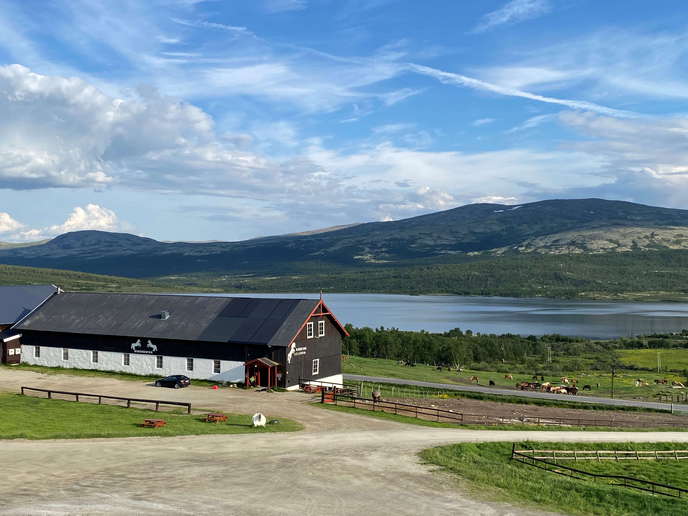The road less travelled: hidden gems near pilgrimage routes
Each year, hundreds of thousands of pilgrims set out on spiritual journeys across Europe, retracing historical routes and visiting places of worship. However, they rarely stray from the defined routes, missing an extraordinary opportunity to enrich their experiences while supporting the economic well-being of primarily rural areas. The EU-funded rurALLURE(opens in new window) project has created an IT platform, travel apps and content that could transform off-the-beaten-track rural areas from passive witnesses into active hosts of the pilgrim flow, for mutual benefit.
Pilgrims explore the vibrant present along historical routes
The rurALLURE portal and apps(opens in new window) enable users to select from recommended trips or to create their own personalised itineraries with additional side trips and points of interest. They also connect users with local transport, accommodation, dining and leisure activities along each route. “More than 40 % of people surveyed en route and online said they would spend more time on routes than suggested in travel guides if they were told about new points of interest. Our project outcomes are a first step towards harnessing this potential,” says project coordinator Martín López Nores of the University of Vigo. Local stakeholders were essential in choosing safely accessible rural points of interest, since geographical information databases are often lacking the latest information. Some sites or roads no longer exist, are blocked or are unsafe due to insufficient maintenance. According to López Nores: “We were amazed by the tremendous interest shown by stakeholders – more than 100 organisations signed agreements as associate partners, providing resources for the documentation and organisation of featured trips.”
An expanded view of pilgrimages: slow tourism
The rurALLURE project not only created a pilgrimage information platform linked to a web portal and mobile apps. In the process, they tapped into the opinions of more than 10 000 tourists as well as hundreds of stakeholders and tens of regional, national and international policymakers. This led to a key project outcome: confirmation that people who travel along pilgrimage routes are increasingly motivated not solely by traditional religious or spiritual aspects. Other motivators included having fun, adventure and intense emotional experiences, viewing beautiful landscapes and having direct contact with nature. Improved physical condition and health, enjoying free time with family and friends, disconnecting from routine and meeting new people were also cited. Further, “a new slow traveller profile would happily use weekends to travel selected segments with no intent of reaching the final destination. These routes could become a pan-European infrastructure for slow tourism that would be particularly beneficial for the traversed rural territories,” adds López Nores.
Tools and best practices
In addition to the portal and apps, rurALLURE’s photo contests(opens in new window) were a highly successful engagement strategy, achieving nearly 7 500 photo and video submissions over two years. With their transparent selection process, adaptable structure and integration with social media platforms, the contests were recognised as a best practice(opens in new window) by the Cultural Routes programme of the Council of Europe. The project also created the European Cooperation Network along Pilgrimage Routes(opens in new window). “Cooperation will be the key to turning current pilgrims of one route into future pilgrims of other destinations. After many years as competitors, we are moving towards fruitful cooperation among stakeholders associated with pilgrimage routes,” López Nores states. “This promises rural businesses that are viable, provides families with opportunities in rural environments and, ultimately, creates rural populations that thrive,” López Nores concludes.



